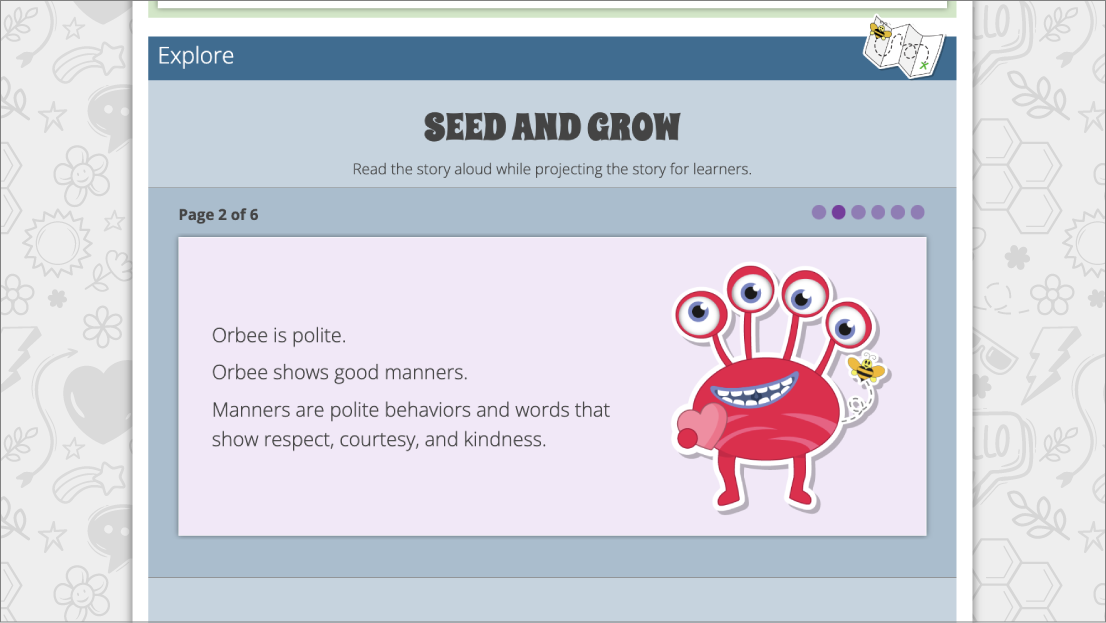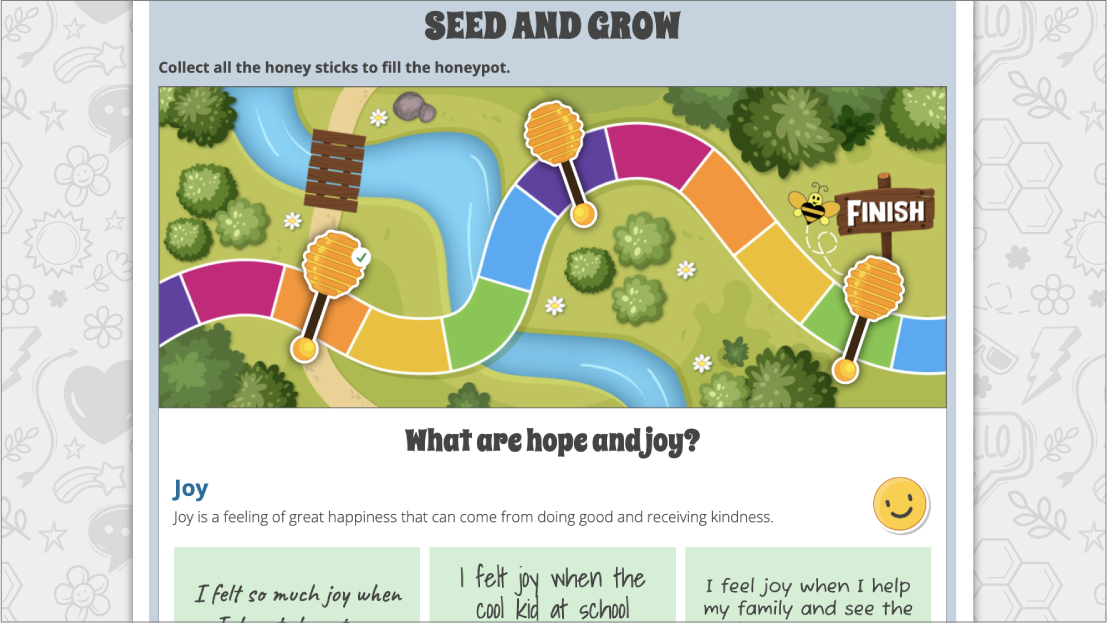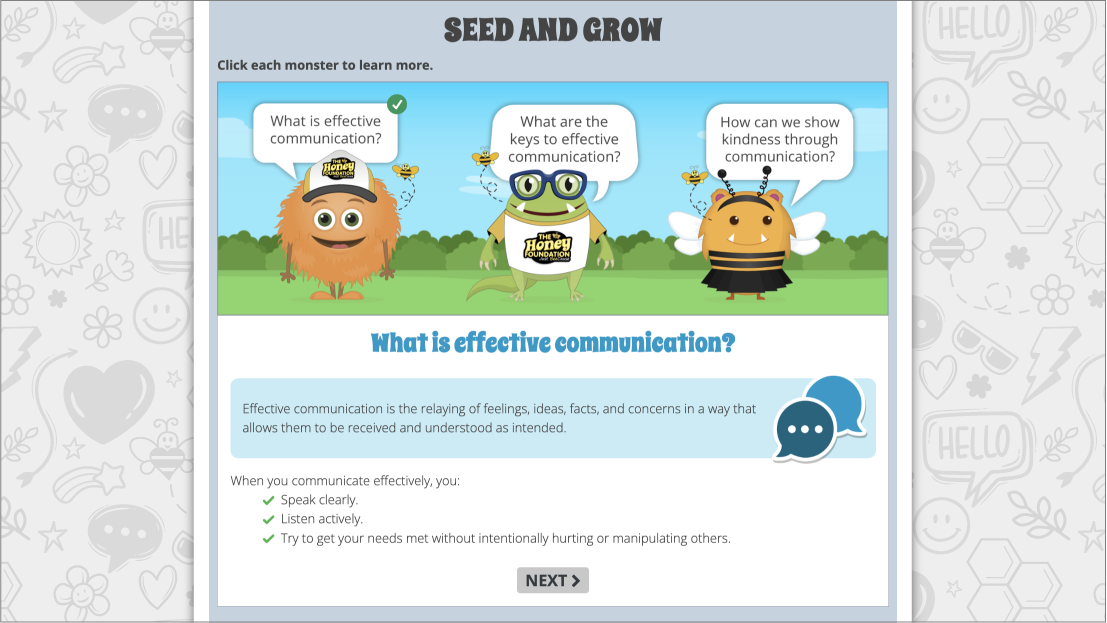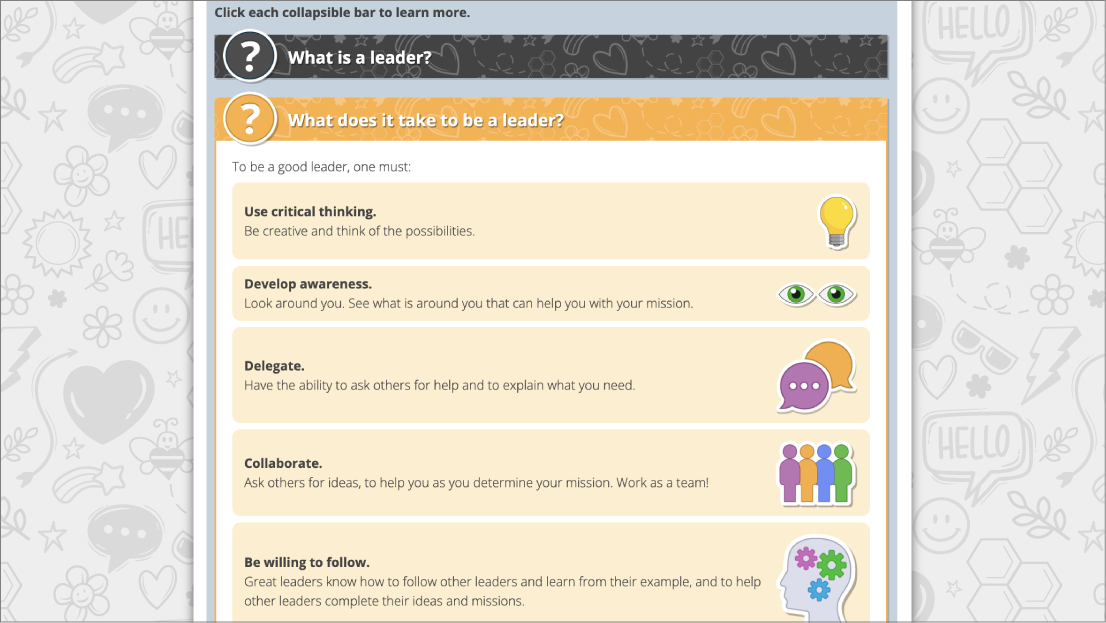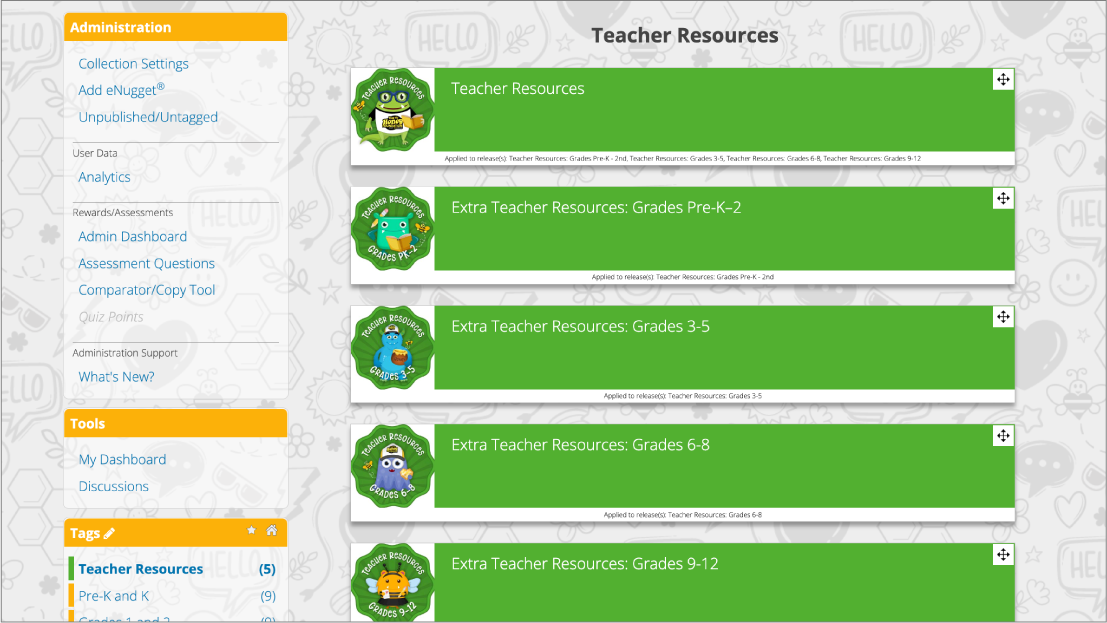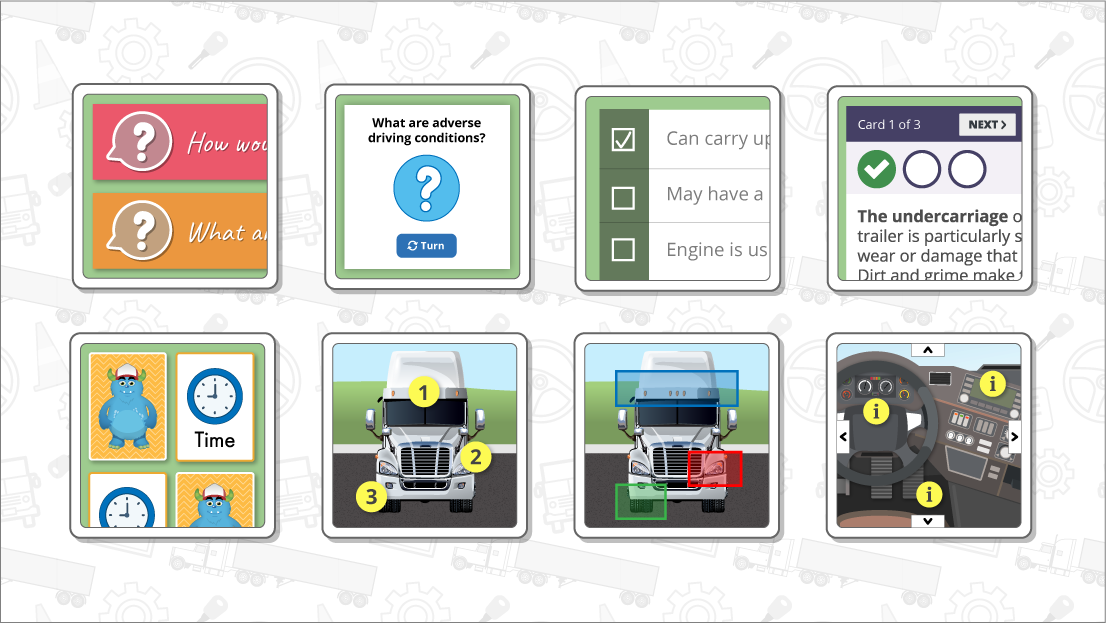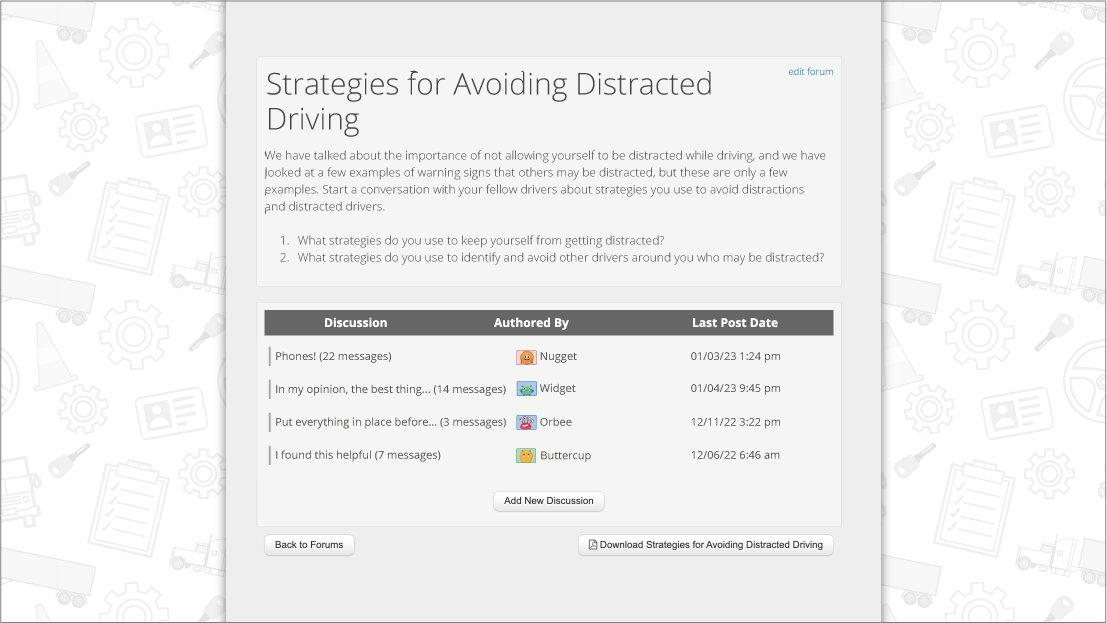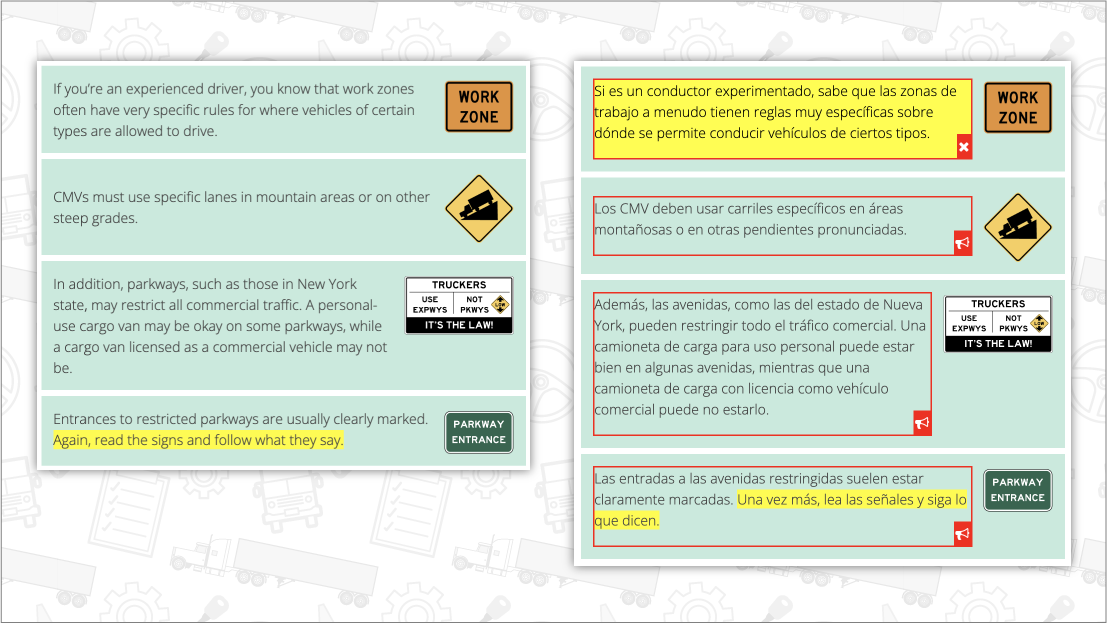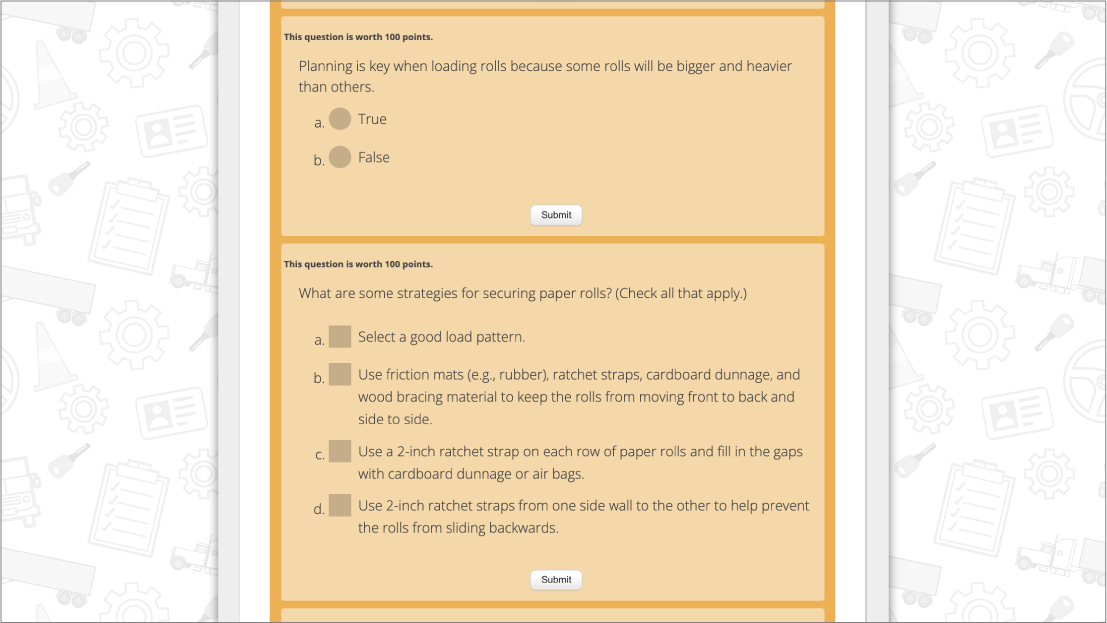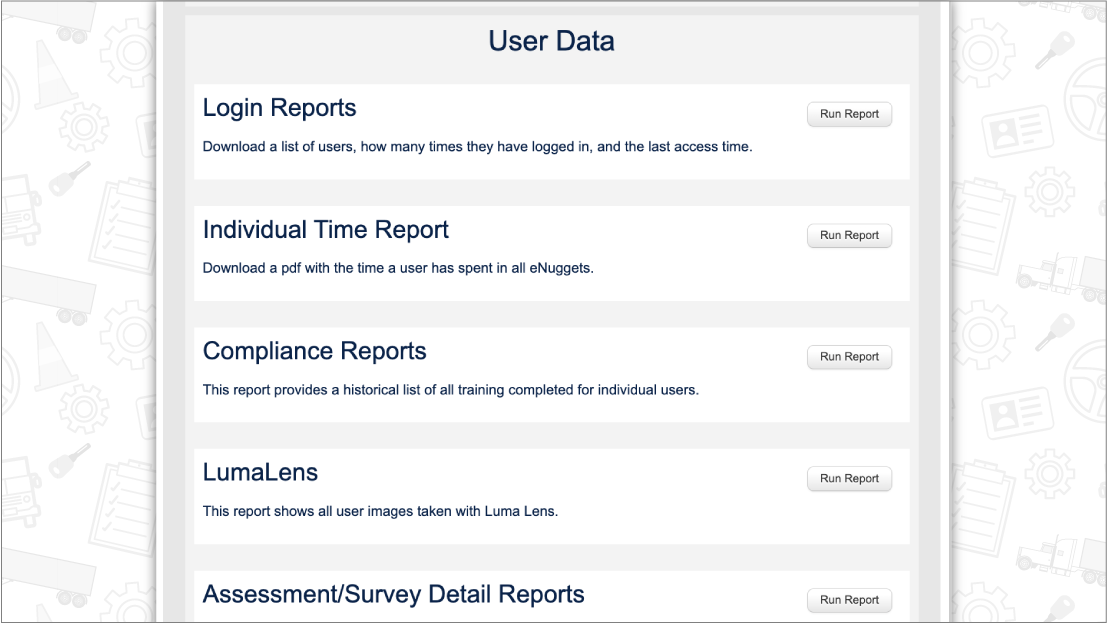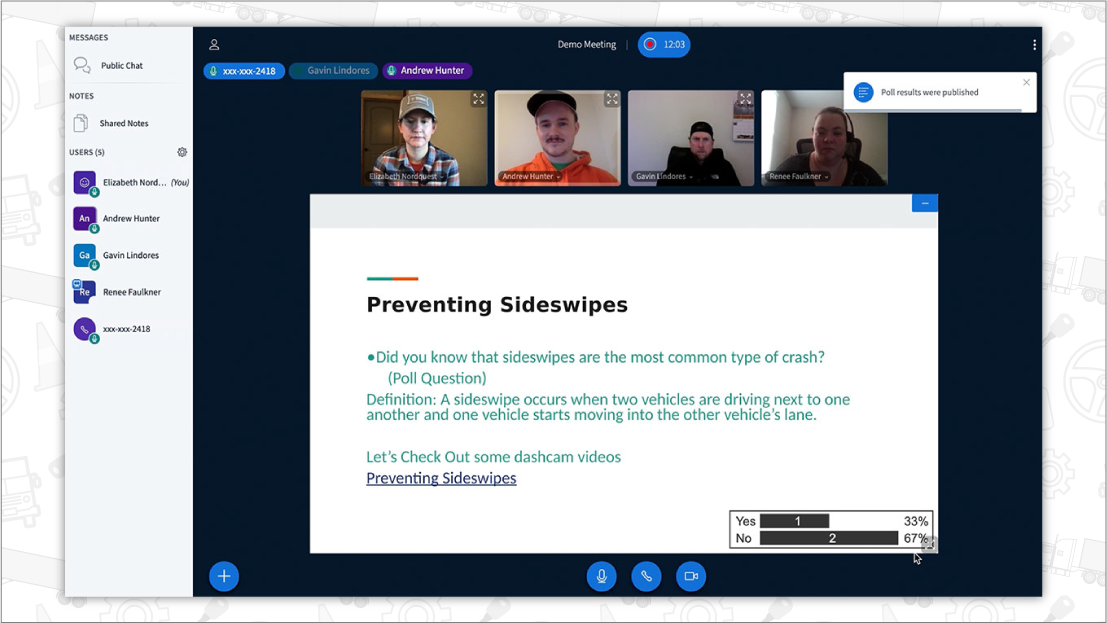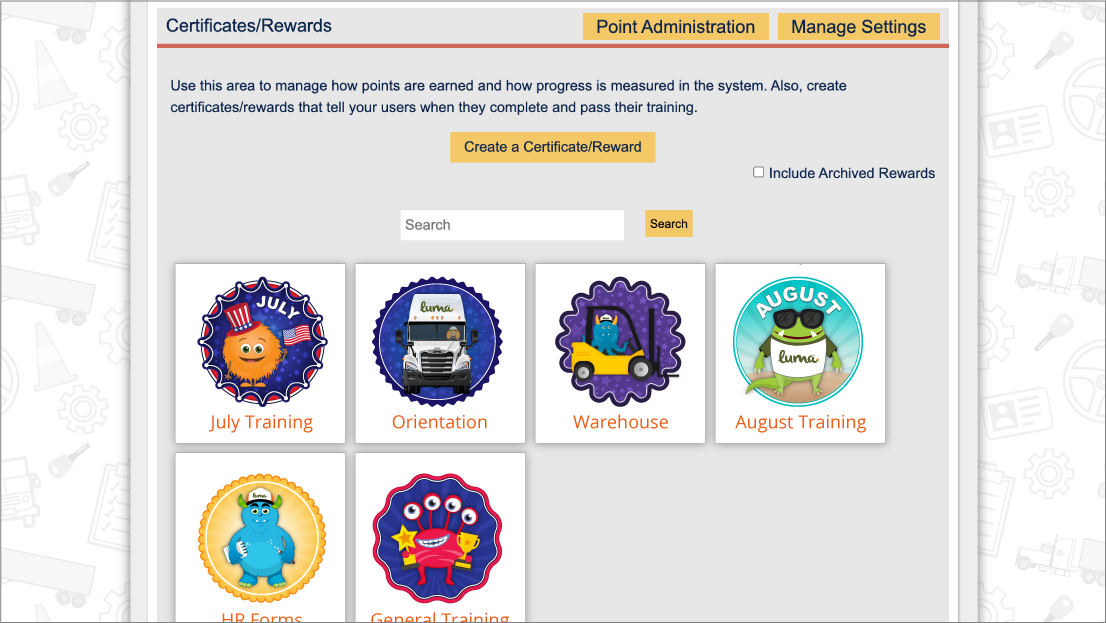![]()
Luma Connection #35: Asking Learners to Assess Their Participation
Collaboration and connection are important for our social-emotional well-being. Importantly, Luma has conducted research and published the benefits for creating learning communities remotely. This year, Luma will provide specific strategies you can implement to connect learners remotely. We are calling these strategies our Luma Connections.
Teaching Tool: LumaLive®
 This is Luma’s synchronous or same time meeting tool. This online tool allows learners to interact with each other to explore a topic and to discuss key concepts, share experiences, interact with each other, and to ask questions in real time. Interactions are in real-time and can be mentor-learner, learner-to-content, learner-to-self, and learner-to-learner.
This is Luma’s synchronous or same time meeting tool. This online tool allows learners to interact with each other to explore a topic and to discuss key concepts, share experiences, interact with each other, and to ask questions in real time. Interactions are in real-time and can be mentor-learner, learner-to-content, learner-to-self, and learner-to-learner.
 Tip:
Tip: Ask Learners to Assess their Participation
Integrating self-assessment into any learning setting increases learner accountability. Doing so for online discussions is a great way to get learners thinking about their own engagement in discourse including opportunities to grow, personal wins, and goals for success.
NOTE: Self-assessment is the evaluation of one’s own performance, actions, and attitudes, and is different from self-reflection which will be the focus of our next Luma Connection.
- 3-2-1: Have learners identify 3 successes, 2 challenges, and one goal for the next discussion.
- Likert Scale: Have learners rate their participation on a scale from no participation to active participation and instruct learners to explain their rating.
- Hashtag It: Have learners describe their participation using a hashtag such as #onpoint. Giving learners the freedom to create their own hashtags gives them the opportunity to really think about their own participation.
- Rate It: Have learners rate their participation using star emojis. Provide criteria for what each star rating and have learners identify the criteria they met for participation and what criteria they are still working towards with a goal to work towards for next discussion.

Tip: When engaging in any type of self-reflection or self-assessment it is important to have learners identify the “why”for their self-assessment which includes examples and criteria met.
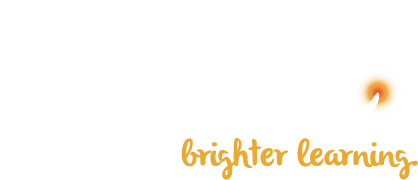
 Luma® is an instructional design and learning company that can help you connect learners remotely while creating powerful learning communities. Give us a call at (574) 807-8148 ext 5 or email
Luma® is an instructional design and learning company that can help you connect learners remotely while creating powerful learning communities. Give us a call at (574) 807-8148 ext 5 or email 